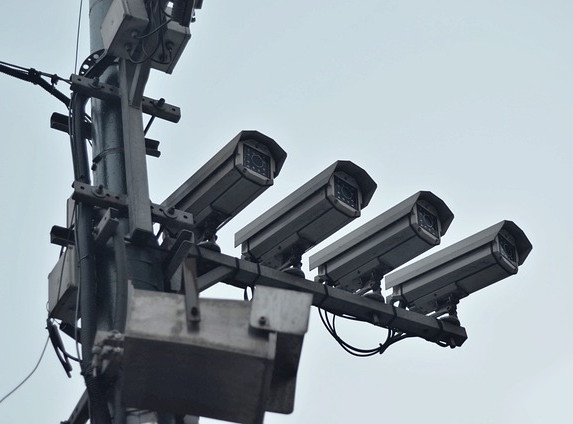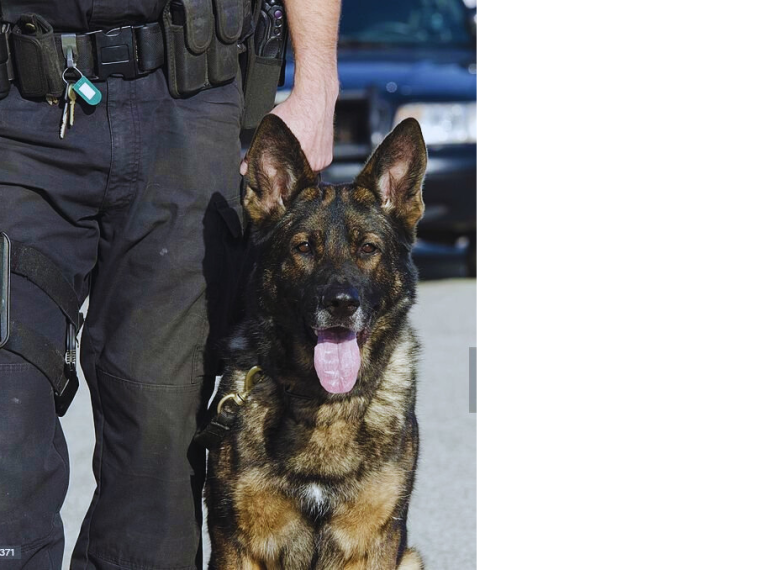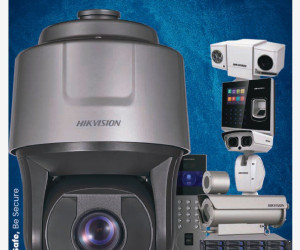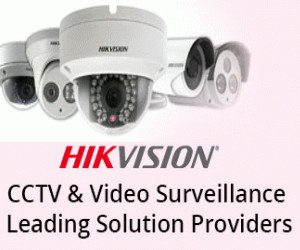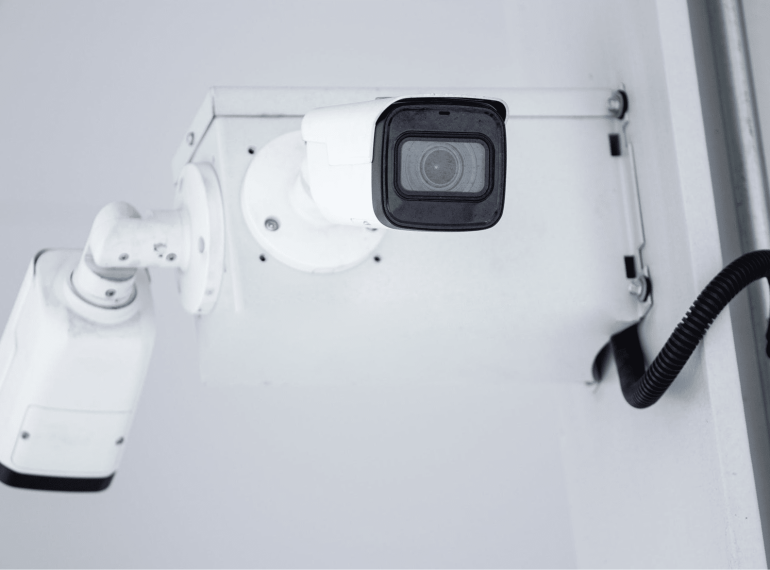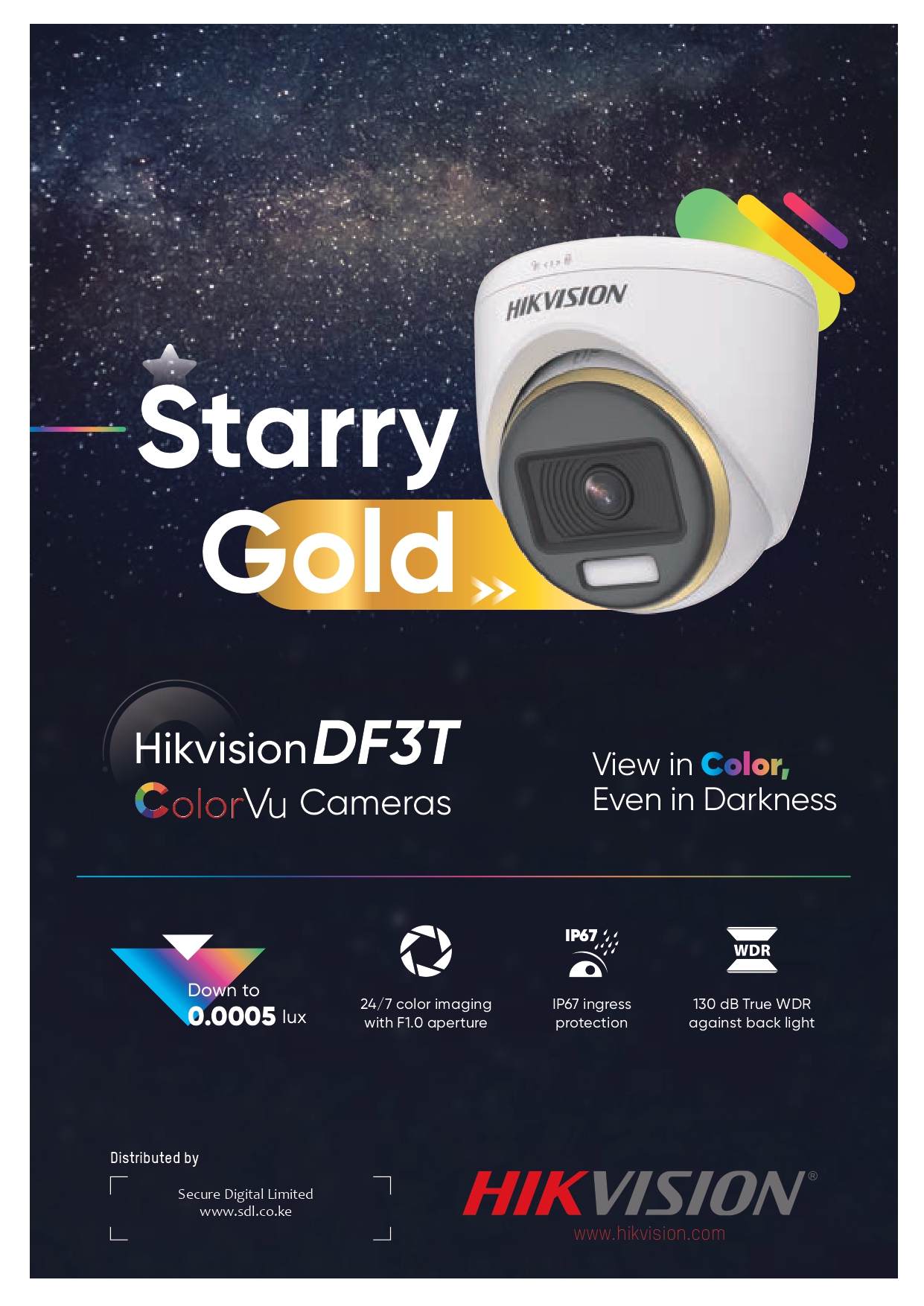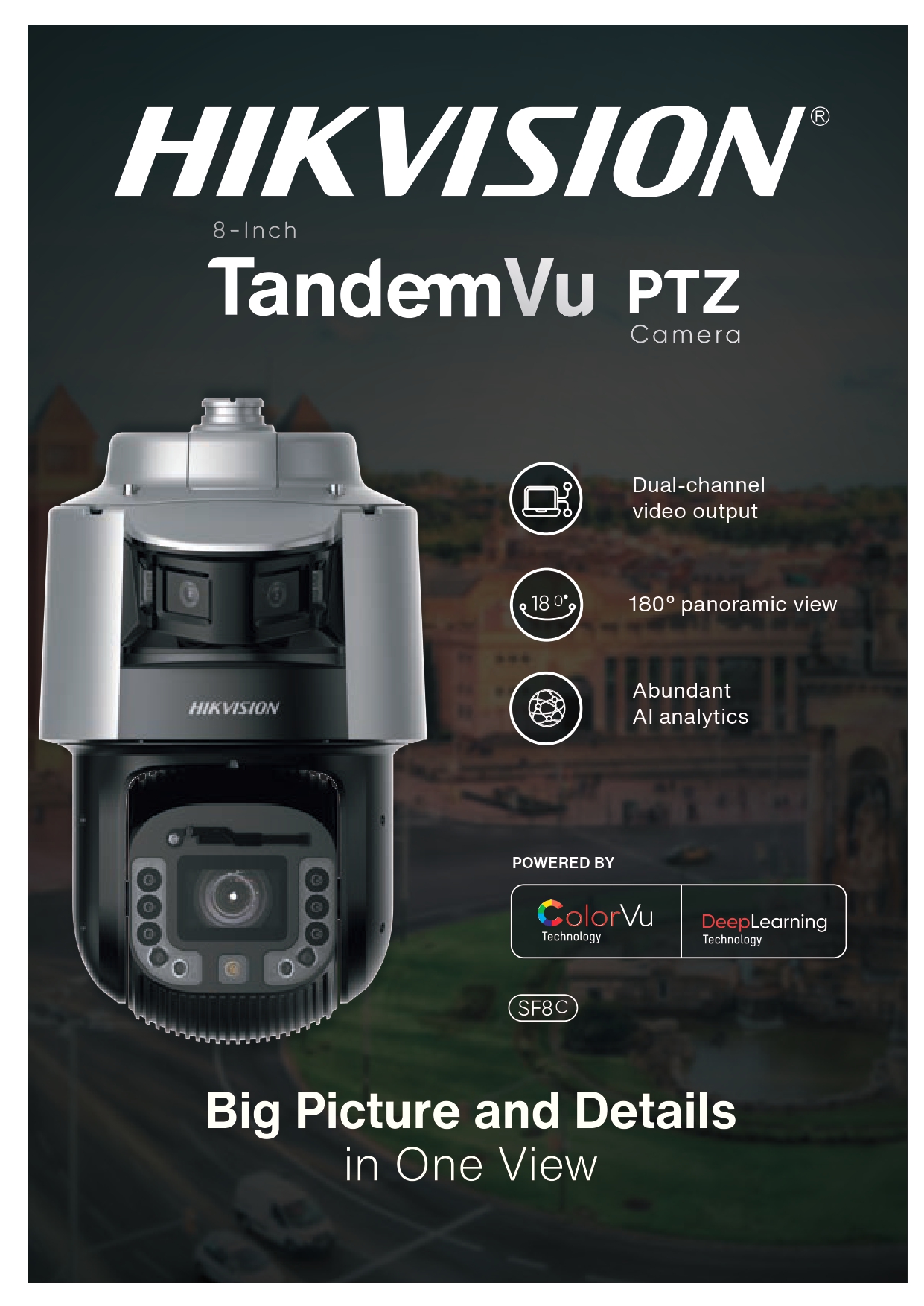Security scanners are devices or systems designed to detect potential threats or prohibited items in various environments, such as airports, public venues, and high security facilities. They employ different technologies and methods to ensure the safety and security of individuals and locations. Some common types of security scanners include:
1. Metal Detectors. Metal detectors are Used to identify metal objects, such as weapons or metallic components by detecting changes in the electromagnetic field.
2. X-ray Scanners. x-ray scanners Utilize X-ray technology to create images of objects or baggage, allowing security personnel to identify hidden items or suspicious materials
3. Explosive Trace Detection (ETD) Systems: The explosive Trace Detection (ETD) System analyzes samples collected from surfaces or objects for traces of combustible materials using chemical or spectroscopic method
4. Body Scanners: Advanced imaging systems, such as millimetre wave or backscatter scanners, create a detailed image of a person’s body to detect concealed objects or substances
5. Thermal Imaging Cameras: Thermal Imaging Cameras Capture and display the heat signatures emitted by objects or individuals, enabling the detection of concealed items or unauthorized persons in a restricted area
6. Biometric Scanners: Biometric Scanners Utilize unique physiological or behavioural characteristics, such as fingerprints, iris patterns, or facial features, for identification and access control purposes Artificial intelligence (AI) is revolutionizing security scanners and detectors by enhancing their capabilities and effectiveness. Intelligent object detection uses artificial intelligence (AI) and computer vision techniques to identify and classify objects in images or videos. It involves training algorithms to analyze visual data and accurately recognize specific objects of interest. Here are some ways in which AI is transforming security scanners:
1. Advanced Threat Detection: AI algorithms can be trained to analyze vast amounts of data from security scanners, including X-ray images, video feeds, or sensor readings, to identify potential threats more accurately. By learning from patterns and anomalies, AI algorithms can detect concealed weapons, suspicious behaviour, or abnormal objects that human operators may miss. Additionally, they can learn from previous data collected and improve the correctness of the specified data.
2. Automated Threat Recognition: AI-powered security scanners can automatically recognize and classify threats, such as firearms, explosives, or prohibited substances. This automation reduces the reliance on human interpretation, speeds up the screening process, and minimizes the chances of human error or oversight
3. Real-time Monitoring and Alerts: AI algorithms can continuously monitor security scanner outputs and alert security personnel when a potential threat is detected. This enables a proactive response and allows security teams to quickly address security breaches or potential
4. Adaptive Learning and Improvement: AI-based security scanners can continuously learn and adapt based on new data and feedback. By analyzing historical data and outcomes, these systems can improve their accuracy over time, becoming better at recognizing threats and reducing false positives. 5. Integration with Biometric Systems: AI can enhance security scanners by integrating them with biometric systems, such as facial recognition or fingerprint scanning. This integration enables seamless identity verification and access control, reducing the risk of unauthorized access or fraudulent activities. 6. Predictive Analytics: AI algorithms can analyze data from security scanners and other relevant data sources like social media feeds or threat intelligence databases to identify potential security risks in advance. By detecting patterns or indicators of suspicious activities, AI can help security personnel take proactive measures to prevent security incidents.
AI is transforming security scanners and detectors by enabling faster, more accurate threat detection, automating processes, improving monitoring capabilities, and enhancing overall security measures. These advancements contribute to safer environments and more effective security screening practices. Hikvision, in partnership with secure digital limited, offers object detection products, X-ray scanners, person detections, walk-through detectors, and baggage scanners to meet your various needs.
1. Metal Detectors. Metal detectors are Used to identify metal objects, such as weapons or metallic components by detecting changes in the electromagnetic field.
2. X-ray Scanners. x-ray scanners Utilize X-ray technology to create images of objects or baggage, allowing security personnel to identify hidden items or suspicious materials
3. Explosive Trace Detection (ETD) Systems: The explosive Trace Detection (ETD) System analyzes samples collected from surfaces or objects for traces of combustible materials using chemical or spectroscopic method
4. Body Scanners: Advanced imaging systems, such as millimetre wave or backscatter scanners, create a detailed image of a person’s body to detect concealed objects or substances
5. Thermal Imaging Cameras: Thermal Imaging Cameras Capture and display the heat signatures emitted by objects or individuals, enabling the detection of concealed items or unauthorized persons in a restricted area
6. Biometric Scanners: Biometric Scanners Utilize unique physiological or behavioural characteristics, such as fingerprints, iris patterns, or facial features, for identification and access control purposes Artificial intelligence (AI) is revolutionizing security scanners and detectors by enhancing their capabilities and effectiveness. Intelligent object detection uses artificial intelligence (AI) and computer vision techniques to identify and classify objects in images or videos. It involves training algorithms to analyze visual data and accurately recognize specific objects of interest. Here are some ways in which AI is transforming security scanners:
1. Advanced Threat Detection: AI algorithms can be trained to analyze vast amounts of data from security scanners, including X-ray images, video feeds, or sensor readings, to identify potential threats more accurately. By learning from patterns and anomalies, AI algorithms can detect concealed weapons, suspicious behaviour, or abnormal objects that human operators may miss. Additionally, they can learn from previous data collected and improve the correctness of the specified data.
2. Automated Threat Recognition: AI-powered security scanners can automatically recognize and classify threats, such as firearms, explosives, or prohibited substances. This automation reduces the reliance on human interpretation, speeds up the screening process, and minimizes the chances of human error or oversight
3. Real-time Monitoring and Alerts: AI algorithms can continuously monitor security scanner outputs and alert security personnel when a potential threat is detected. This enables a proactive response and allows security teams to quickly address security breaches or potential
4. Adaptive Learning and Improvement: AI-based security scanners can continuously learn and adapt based on new data and feedback. By analyzing historical data and outcomes, these systems can improve their accuracy over time, becoming better at recognizing threats and reducing false positives. 5. Integration with Biometric Systems: AI can enhance security scanners by integrating them with biometric systems, such as facial recognition or fingerprint scanning. This integration enables seamless identity verification and access control, reducing the risk of unauthorized access or fraudulent activities. 6. Predictive Analytics: AI algorithms can analyze data from security scanners and other relevant data sources like social media feeds or threat intelligence databases to identify potential security risks in advance. By detecting patterns or indicators of suspicious activities, AI can help security personnel take proactive measures to prevent security incidents.
AI is transforming security scanners and detectors by enabling faster, more accurate threat detection, automating processes, improving monitoring capabilities, and enhancing overall security measures. These advancements contribute to safer environments and more effective security screening practices. Hikvision, in partnership with secure digital limited, offers object detection products, X-ray scanners, person detections, walk-through detectors, and baggage scanners to meet your various needs.
